When chilling your wort after boiling, there is a “danger zone” to be aware of — a range of temperatures that support the rapid growth of microorganisms (wort spoilers) in your chilling wort. The high end of the “danger zone” is the temperature at which wort-spoiling bacteria and wild yeasts can survive in wort. The low end is the temperature at which these “bugs” can survive and still reproduce rapidly. Above the high end, heat kills the contaminating microorganisms. Below the low end, they can still survive and reproduce, but are slowed somewhat by cooler temperatures. The range can be stated as 160–80 °F (71–27 °C), but these numbers are just estimates. There are countless numbers of bacteria species and it’s always possible that some wort spoilers could survive above 160 °F (71 °C) and the value of 80 °F (27 °C) hinges on how you define “rapid.”
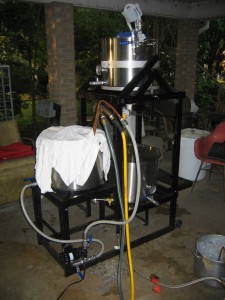
While chilling with my immersion chiller, I cover the kettle to minimize the amount of airborne contaminants settling in the wort. One possible drawback is condensation dripping back into the wort, but I have not encountered elevated DMS levels when chilling this way.
Whatever the boundaries, the idea is sound — there is a range of wort temperatures that support the rapid growth of contaminants to the extent that they can cause problems in your beer. Knowing this, there are some steps that homebrewers should take to ensure a higher level of wort sanitation.
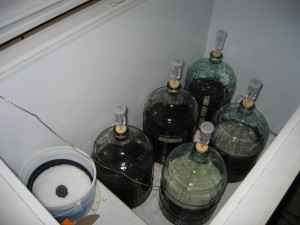


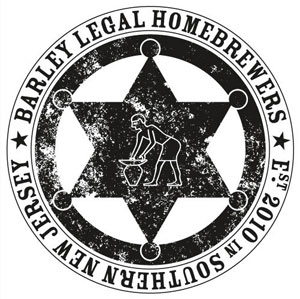

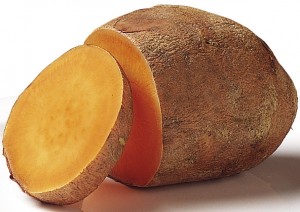
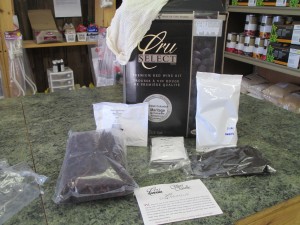



Recent Comments